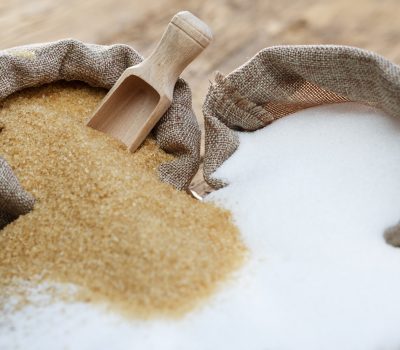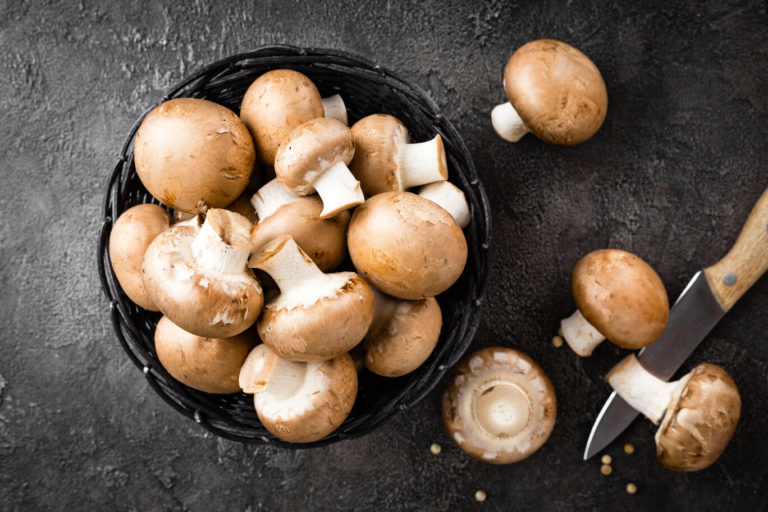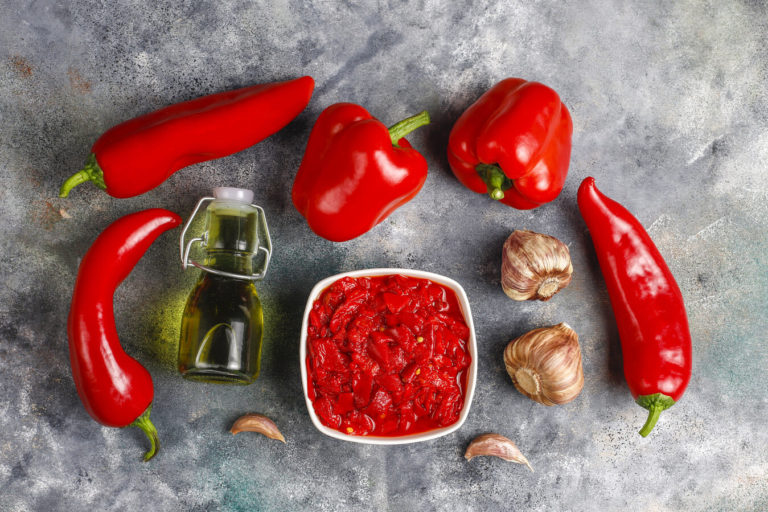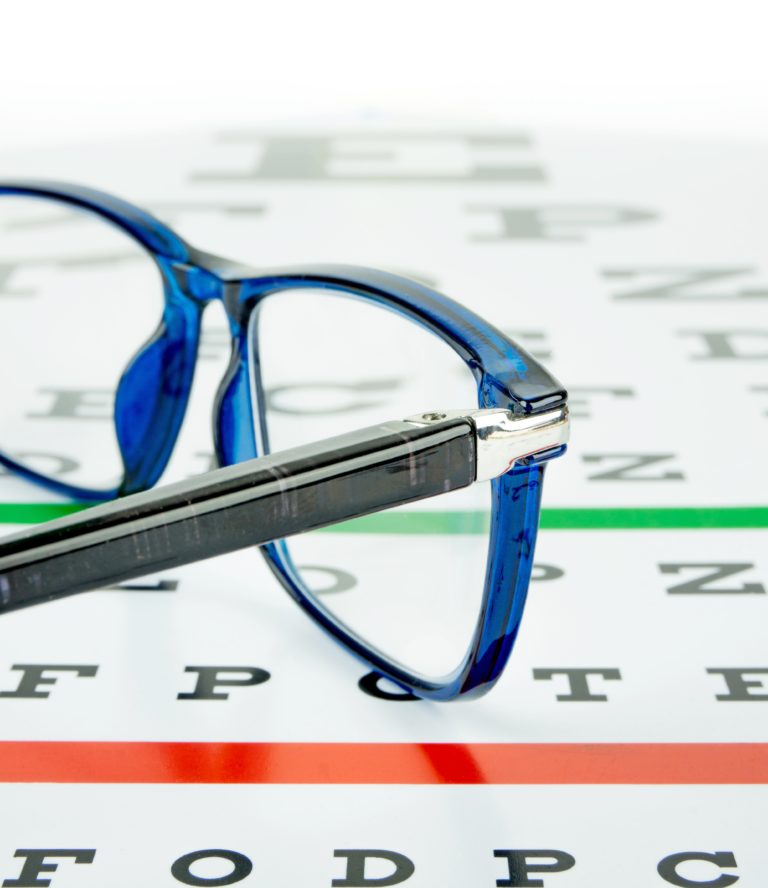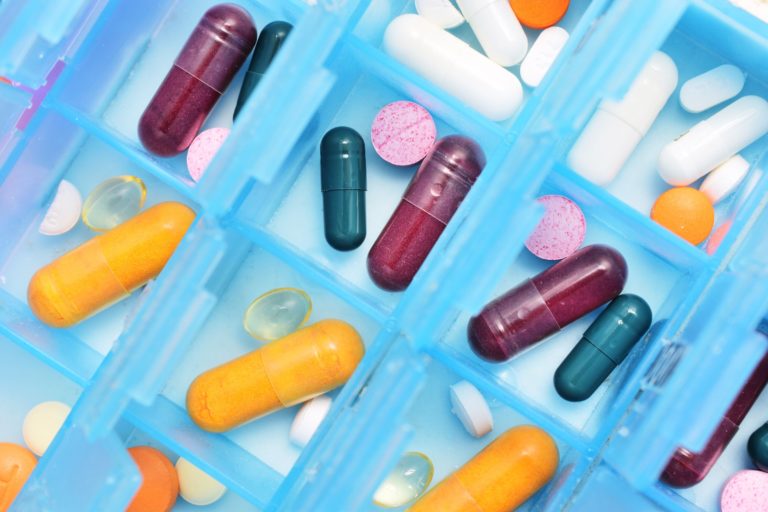According to The Tear Film and Ocular Surface Society’s Dry Eye Workshop from 2017, the definition of the condition commonly referred to as “dry eye,” is: “Dry eye is a multifactorial disease of the ocular surface characterized by a loss of homeostasis of the tear film, and accompanied by ocular symptoms, in which tear film instability and hyperosmolarity, ocular surface inflammation and damage, and neurosensory abnormalities play etiological roles.” If that sounds like a mouthful of incomprehensible doctor mumbo jumbo, it is. In short, dry eye is caused by inflammation in the body, which can cause the eyes of a person to feel painful and dry, and appear red and inflamed, and ultimately, damage the eyeball itself, which could impair vision.
Luckily, researchers have found that the foods that a person eats have an impact on the eyes, and can either affect them negatively or positively.
Here are foods that they found that can be harmful to the eyes:
- Junk foods with high sodium content, like chips and other highly processed foods.
- Alcohol
- Refined sugars, which are found in sweets like cakes, candy bars, and cookies.
- Foods with artificial sweeteners like flavored drinks.
- Red meat
- Dairy
- Fried foods
- Caffeine
It is important to note that foods that you are allergic to can increase the inflammation in your body if consumed, which can contribute to or cause dry eye.
Foods that you should consume to manage or lessen the risk of developing dry eye include:
- Plants
- Organic fruits and vegetables
- Fermented/pickled vegetables
- Grains
- Beans
- Fruits
- Nuts
- Seeds
Plants can do wonders to heal your body, including your dry eye symptoms because they are packed full of nutrients like vitamins, minerals, phytochemicals, and fiber. Furthermore, choosing organic fruits, vegetables, and other plants lessens your intake of potentially harmful chemicals like pesticides, which can linger on food and make you sick.

